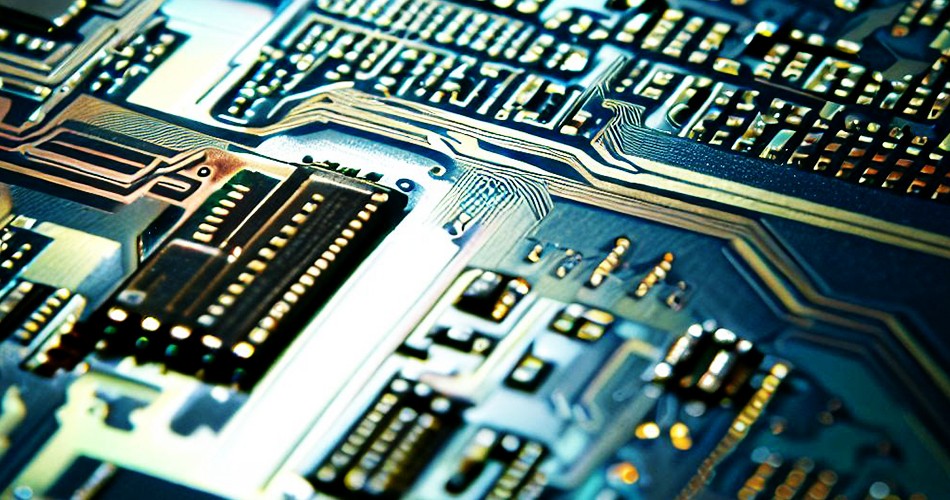- English
- Español
- Português
- русский
- Français
- 日本語
- Deutsch
- tiếng Việt
- Italiano
- Nederlands
- ภาษาไทย
- Polski
- 한국어
- Svenska
- magyar
- Malay
- বাংলা ভাষার
- Dansk
- Suomi
- हिन्दी
- Pilipino
- Türkçe
- Gaeilge
- العربية
- Indonesia
- Norsk
- تمل
- český
- ελληνικά
- український
- Javanese
- فارسی
- தமிழ்
- తెలుగు
- नेपाली
- Burmese
- български
- ລາວ
- Latine
- Қазақша
- Euskal
- Azərbaycan
- Slovenský jazyk
- Македонски
- Lietuvos
- Eesti Keel
- Română
- Slovenski
- मराठी
- Srpski језик
High frequency board design in PCBA processing
In modern electronic products, high-frequency circuit boards (High-Frequency PCB) are increasingly used in wireless communication equipment, radar systems and high-speed data transmission equipment. The design of high-frequency boards puts forward higher requirements for PCBA processing (Printed Circuit Board Assembly). This article will discuss high-frequency board design in PCBA processing and introduce its key technologies, design points and common challenges.

The importance of high frequency board design
1. Improve signal transmission speed
With the popularization of 5G communications, Wi-Fi 6 and other high-speed data transmission technologies, the design of high-frequency boards has become particularly important. High-frequency boards can effectively increase signal transmission speed and meet the needs of high-speed and large-capacity data transmission.
2. Reduce signal loss
In high-frequency circuits, signal loss is a key issue. By optimizing the high-frequency board design, signal loss can be significantly reduced to ensure signal integrity and stability.
Key technologies and design points
1. Material selection
The material selection of a high-frequency board has a direct impact on its performance. Commonly used high-frequency materials include PTFE (polytetrafluoroethylene), FR-4 high-frequency materials and ceramic substrates. These materials have low dielectric constant and low loss factor, which can effectively support the transmission of high-frequency signals.
2. Circuit layout
Reasonable circuit layout is the basis of high-frequency board design. Here are some key takeaways:
Avoid too many vias: Too many vias can cause signal reflection and loss and should be minimized.
Maintain signal path continuity: Ensure signal path continuity and consistency, avoiding sharp turns and irregular shapes.
Layered design: Using a multi-layer board design, the power layer and ground layer can be effectively separated to reduce electromagnetic interference (EMI).
3. Impedance control
In high-frequency board design, impedance control is key. Impedance mismatch can cause signal reflection and loss, affecting signal quality. Precise impedance control can be achieved through proper design of trace width, trace spacing, and dielectric thickness.
4. Power supply and grounding design
The power and ground design of high-frequency boards are equally important. Good power supply and grounding design can reduce noise and electromagnetic interference and improve circuit stability and performance. Large-area grounding layers and multi-point grounding methods are usually used to ensure good grounding effects.
Common challenges and solutions
5. Electromagnetic interference (EMI)
High-frequency circuits are easily affected by electromagnetic interference, resulting in reduced signal quality. Solutions to this problem include:
Shielding design: Reduce the impact of external electromagnetic interference by adding a shielding layer or shielding cover to the circuit board.
Reasonable layout: In circuit design, arrange components and wiring reasonably to avoid parallel arrangement of high-frequency signal lines, power lines, and ground lines.
6. Signal integrity
During high-frequency signal transmission, maintaining signal integrity is key. The following measures can effectively improve signal integrity:
Use high-quality materials: Choose low-loss, high-stability materials to reduce signal attenuation.
Optimize wiring design: Reduce signal reflection and interference by rationally designing wiring lengths and paths.
7. Thermal management
High-frequency circuits generate a large amount of heat when operating and require effective thermal management measures. The following methods can be used:
Heat dissipation design: Improve heat dissipation efficiency by adding heat dissipation holes, heat sinks, and cooling fans.
Material selection: Choose materials with good thermal conductivity to ensure rapid conduction and dissipation of heat.
Summarize
High-frequency board design in PCBA processing has an important impact on the performance and stability of electronic products. Through reasonable selection of materials, optimized circuit layout, precise impedance control, and well-designed power and grounding systems, the design quality of high-frequency boards can be effectively improved to meet the needs of high-speed data transmission and wireless communication equipment. At the same time, addressing electromagnetic interference, maintaining signal integrity and effective thermal management are keys to ensuring high-frequency board performance. In the future, with the continuous advancement of high-frequency technology, high-frequency board design will play an increasingly important role in PCBA processing, providing a solid foundation for the innovation and development of electronic products.
Send Inquiry
-
Delivery Service






-
Payment Options









